Advanced pH Measurement: Accurate Results for Scientific and Environmental Applications
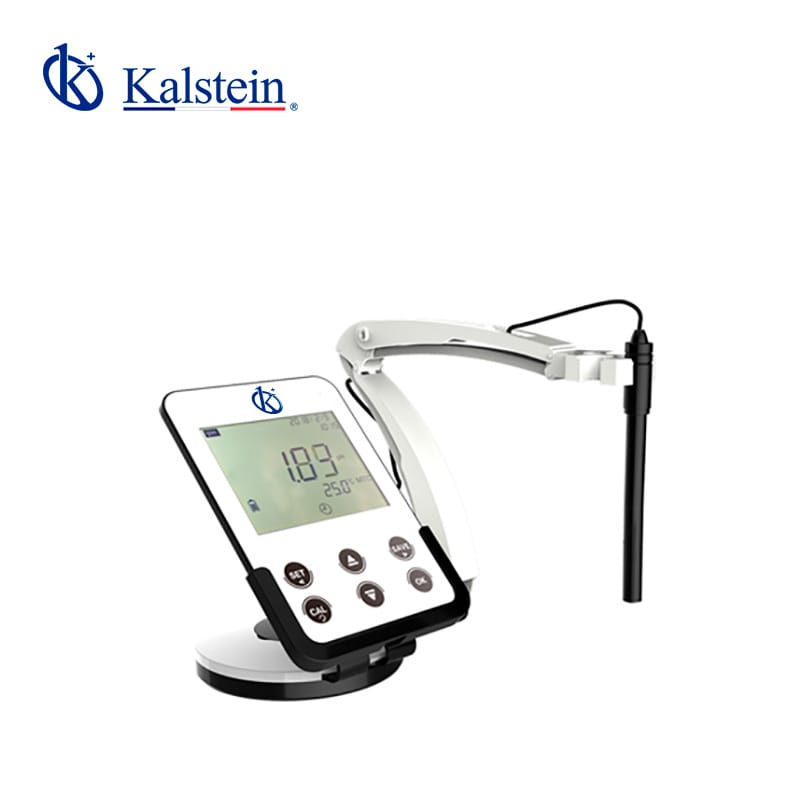
pH meters are an essential tool in any laboratory, especially for quality control in chemical, pharmaceutical, and food industries. From my personal experience, Kalstein equipment stands out for its precision and ease of use, which is vital for obtaining reliable results.
Dissolved Oxygen Measurement for Reliable Results in Environmental and Scientific Analysis
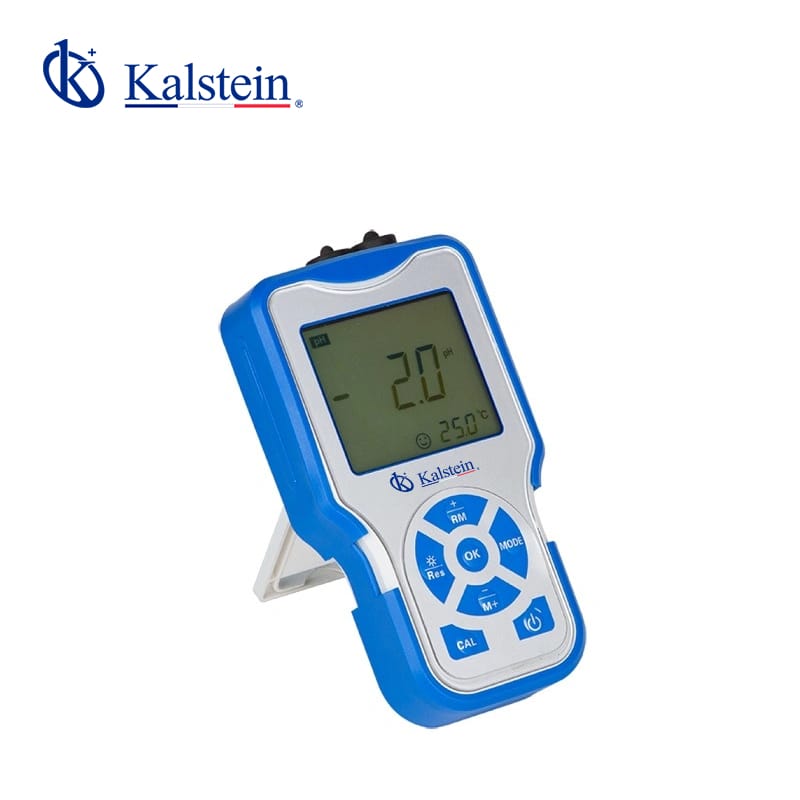
Accurate dissolved oxygen measurement is crucial for a wide range of applications, from environmental studies to scientific analyses in specialized laboratories.
Conductivity Meters for Precision and Speed in Liquid Solution Assessment for Laboratories
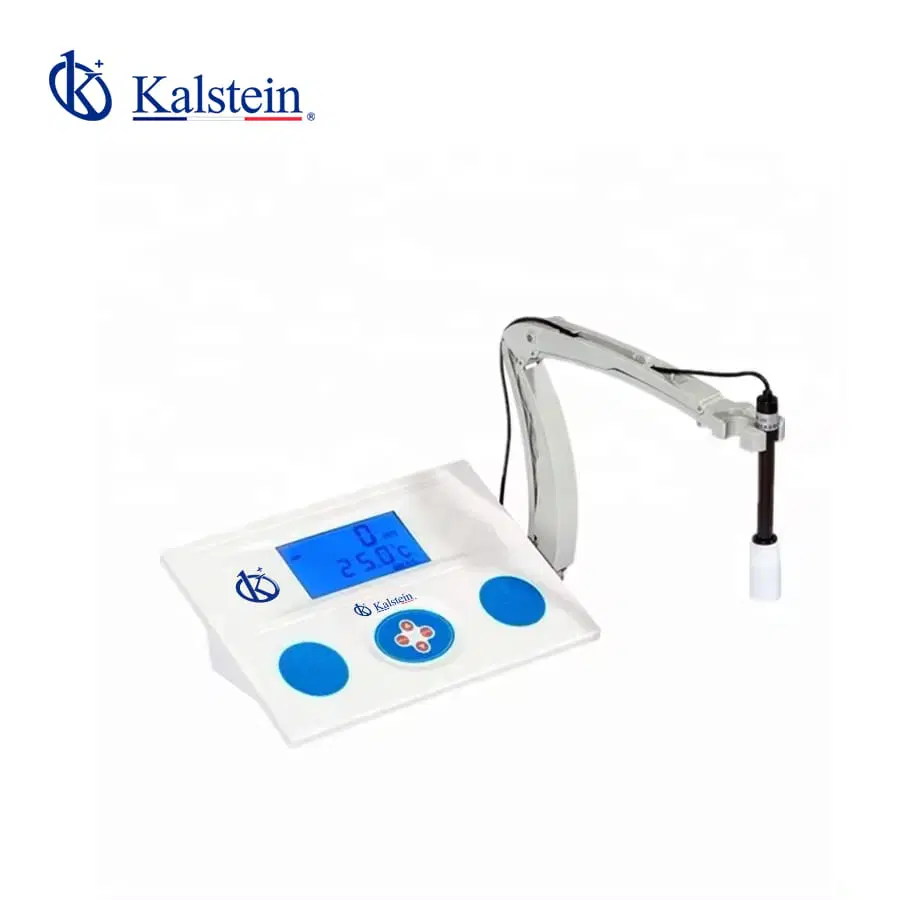
When it comes to measuring a liquid solution’s ability to conduct electricity, conductivity meters become essential tools in any laboratory. Throughout my experience using these devices, I have confirmed their precision, speed in obtaining results, and how crucial they are in experiments where accuracy is paramount.
Turbidity Meter for Clarity and Particle Evaluation in Liquid Solutions
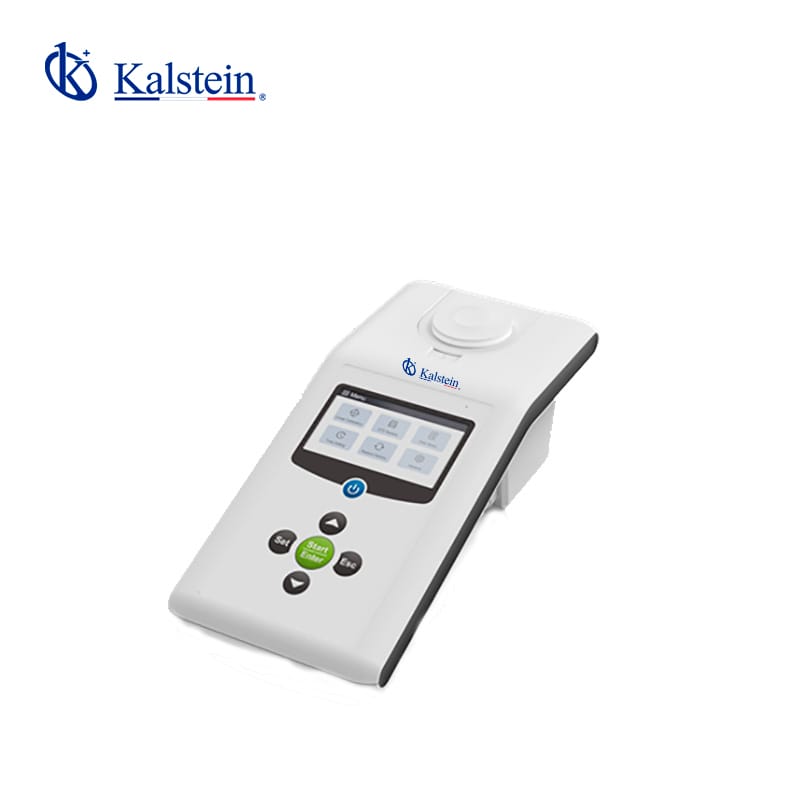
In the laboratory, one of the key parameters for assessing the quality of liquid solutions is turbidity. It is a critical indicator in industries such as food, pharmaceuticals, and water treatment.
Advanced Technology in Ion Measurement: Accurate and Fast Results for Scientific Analysis
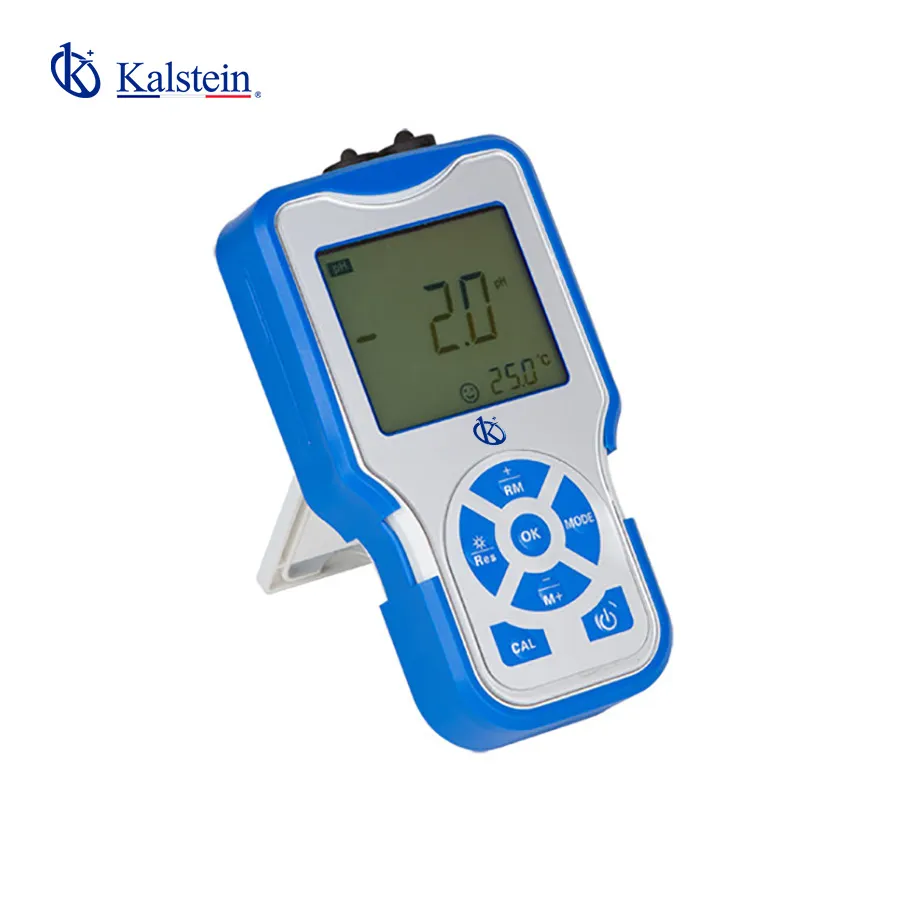
Ion meters have become an essential tool for research laboratories, clinics, and companies that require fast and precise scientific analysis. I’ve had the opportunity to test these devices, and I can say they have revolutionized the way many measurements are conducted in the field of science and technology.
Laboratory Scales: Precision and Reliability for Accurate Weighing in Scientific Research
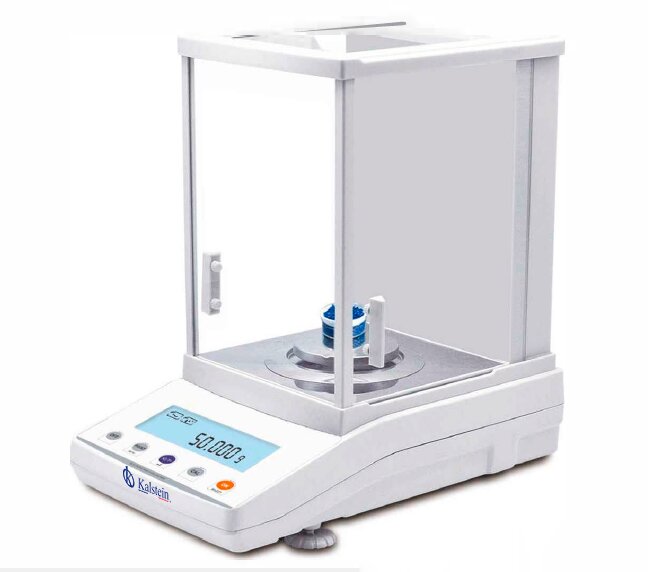
In the world of scientific research and industrial development, precision in weighing is fundamental. Laboratory scales play a crucial role in ensuring that the results obtained are accurate and reliable.
Bacti-Cinerators: Fast and Efficient Elimination of Biological Contaminants
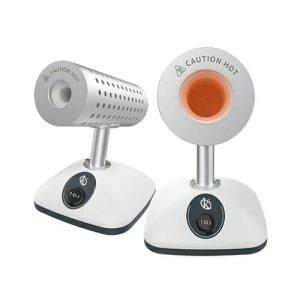
Bacti-Cinerators have become an indispensable tool in laboratories, especially when seeking to safely and quickly eliminate biological contaminants. As a professional who has had the opportunity to work with these devices, I can assure you that their use significantly facilitates work in controlled environments, reducing risks and increasing efficiency.
Efficient and Safe Sterilization for Contaminant Control
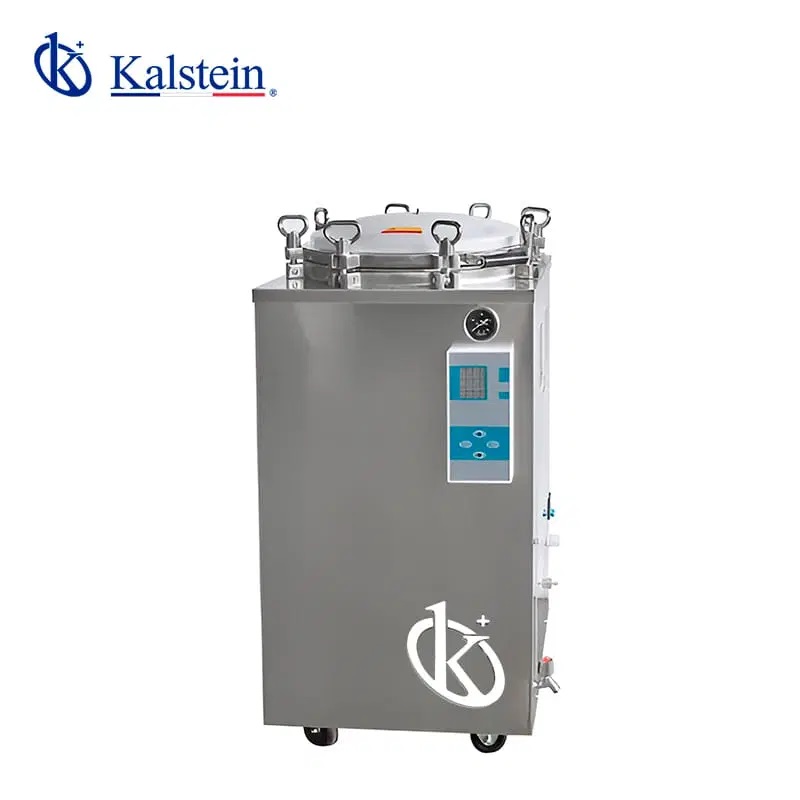
Sterilization in laboratory environments is one of the most critical aspects to ensure contaminant control and guarantee reliable results. In this context, autoclaves play an essential role, not only for their ability to eliminate harmful microorganisms but also for the reliability they offer over time.
Security Cabinet for Handling Chemical and Hazardous Materials
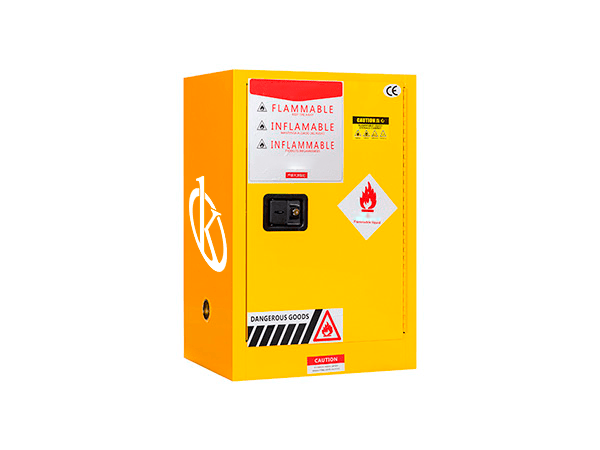
When working with chemicals or hazardous materials, safety is a top priority. Accidents can happen at any time, and having a proper system in place to store and protect these substances is crucial to prevent incidents.
Innovation in Pathological Anatomy: Precision Equipment for Reliable Analysis and Diagnosis
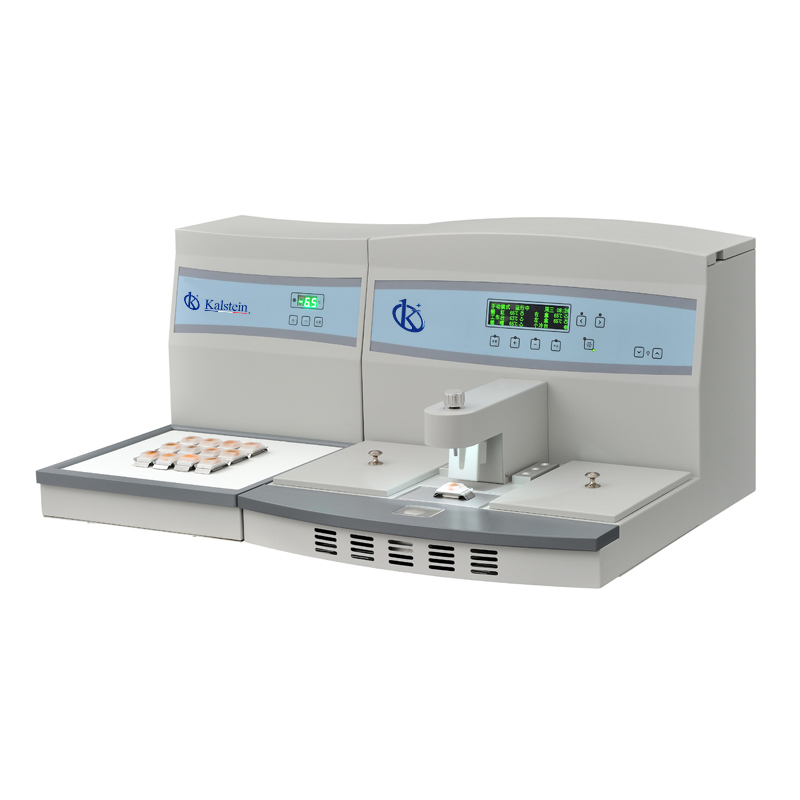
Pathological anatomy is a crucial branch of medical diagnosis that enables the detection, analysis, and study of diseases through the tissues and cells of patients. In this field, having high-precision and reliable equipment is key to obtaining accurate and rapid results.
